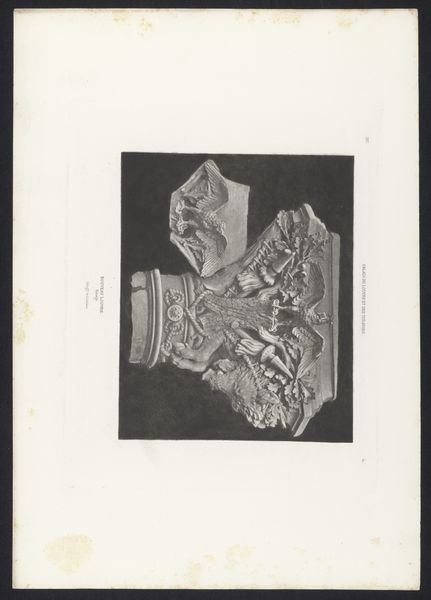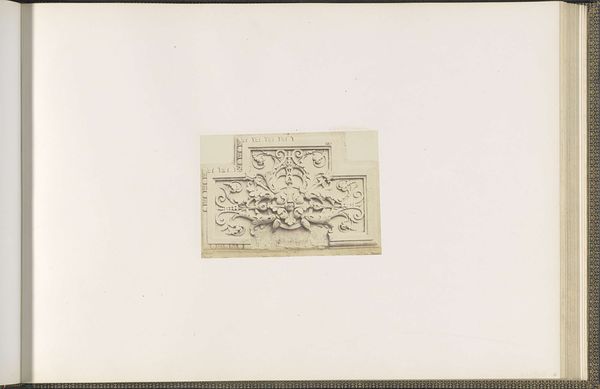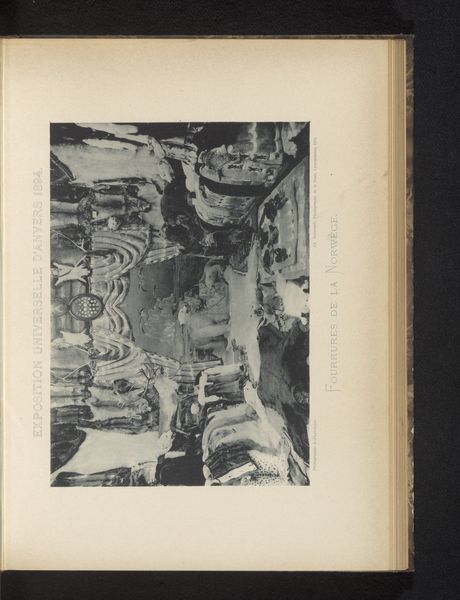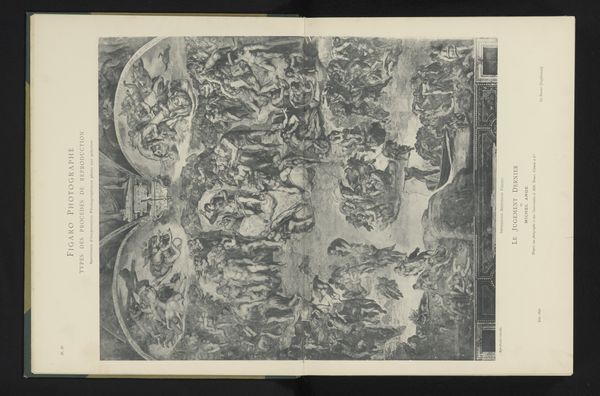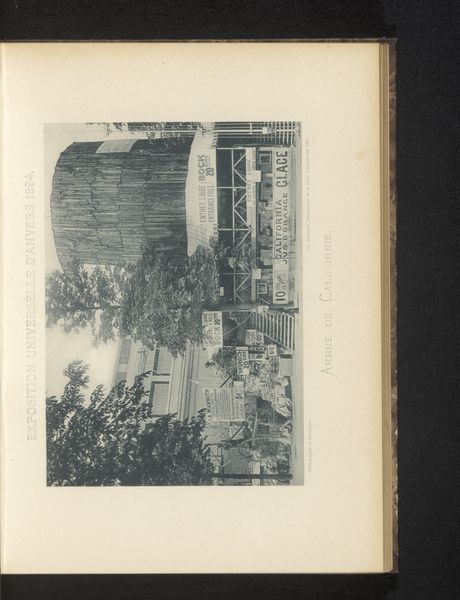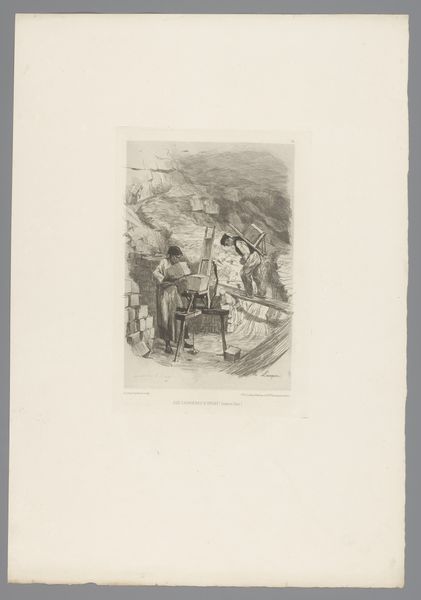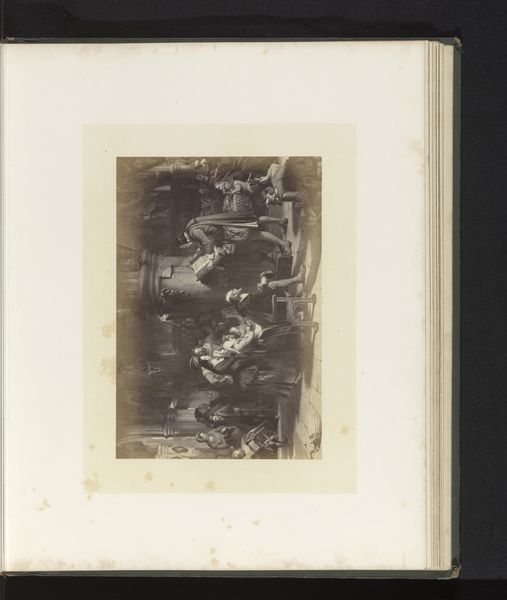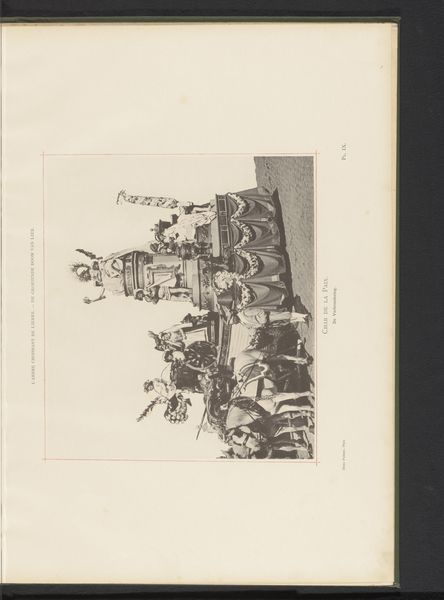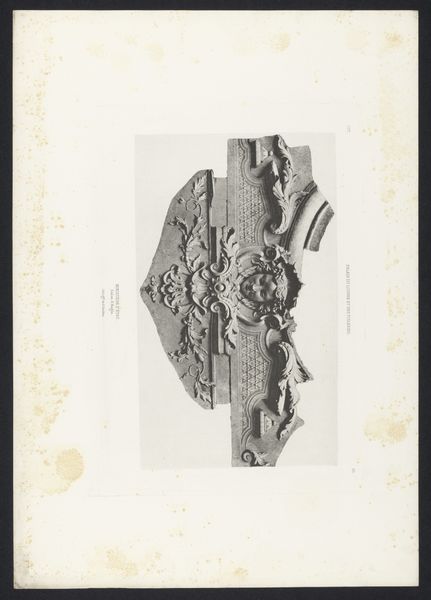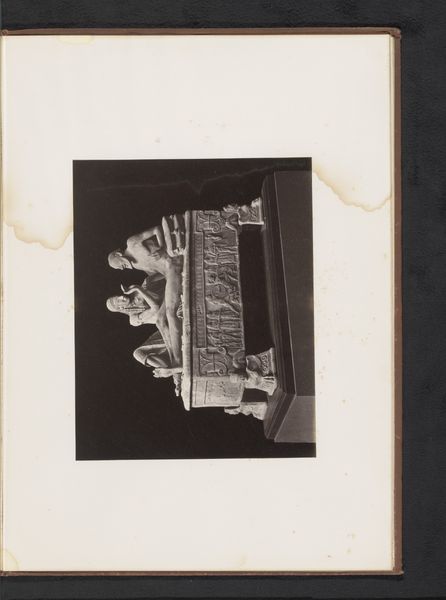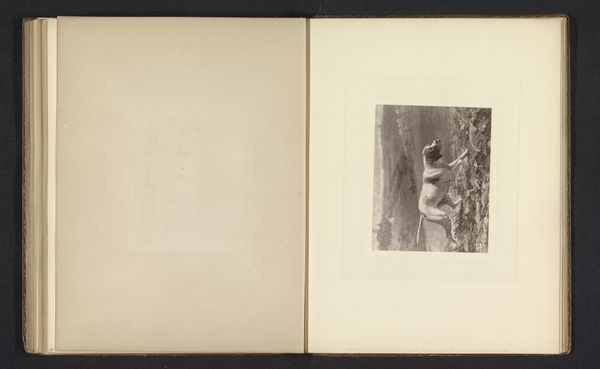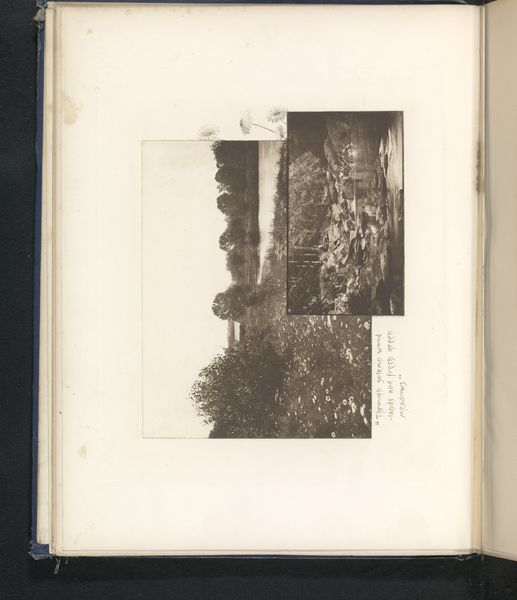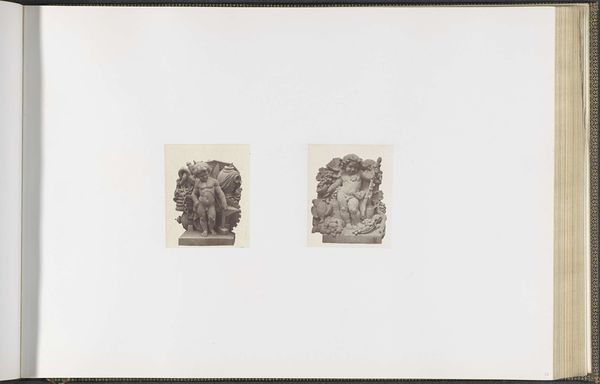
Ornament van een salon (vermoedelijk) in het Palais des Tuileries te Parijs before 1870
0:00
0:00
Dimensions: height 113 mm, width 233 mm
Copyright: Rijks Museum: Open Domain
Curator: What a strikingly elaborate print. It depicts, we believe, ornamentation from a salon in the Palais des Tuileries in Paris. The artist, Édouard Baldus, captured it in an etching predating 1870. Editor: My immediate impression is the overwhelming opulence, it’s almost baroque but with an attempt to rein it in, isn't it? It feels… precariously celebratory, knowing what’s coming. Curator: Exactly, Neoclassicism frequently incorporated symbolism from ancient Greece and Rome. Notice the cherubs playing musical instruments – common motifs for celebration. Given what the Tuileries represented to the monarchy, its a bittersweet, perhaps haunting image, charged with anticipation of societal upheaval and political reform. Editor: That’s interesting. Knowing that Baldus was working just before the Franco-Prussian War and the subsequent destruction of the palace gives the decorative piece, with its putti and lush foliage, an incredibly poignant undertone. The figures feel frozen, a denial of the times? Curator: Possibly. Cherubs have long stood as metaphors for divine love and innocence, promising new beginnings or a return to simpler times. I find myself lingering on their positioning, though, in almost dynamic poses, despite being set within such rigid geometric architectural framing. Editor: And the choice of print as a medium feels especially relevant. It democratizes this vision of imperial grandeur, distributing it at a time when such extravagance was becoming increasingly unacceptable to many. Curator: Well, prints did tend to historicize monumental or lavish artworks, rendering their preservation outside temporal conditions or socio-political preferences, I suppose. And yes, there is a starkness inherent in print that invites critical analysis. Editor: A fascinating collision of style, history and process. The echoes of celebration, the awareness of change, makes it all deeply compelling. Curator: Indeed, there is much to ponder in a still image, it is hard to detach from a work when one is keenly aware of the layers of representation.
Comments
No comments
Be the first to comment and join the conversation on the ultimate creative platform.
